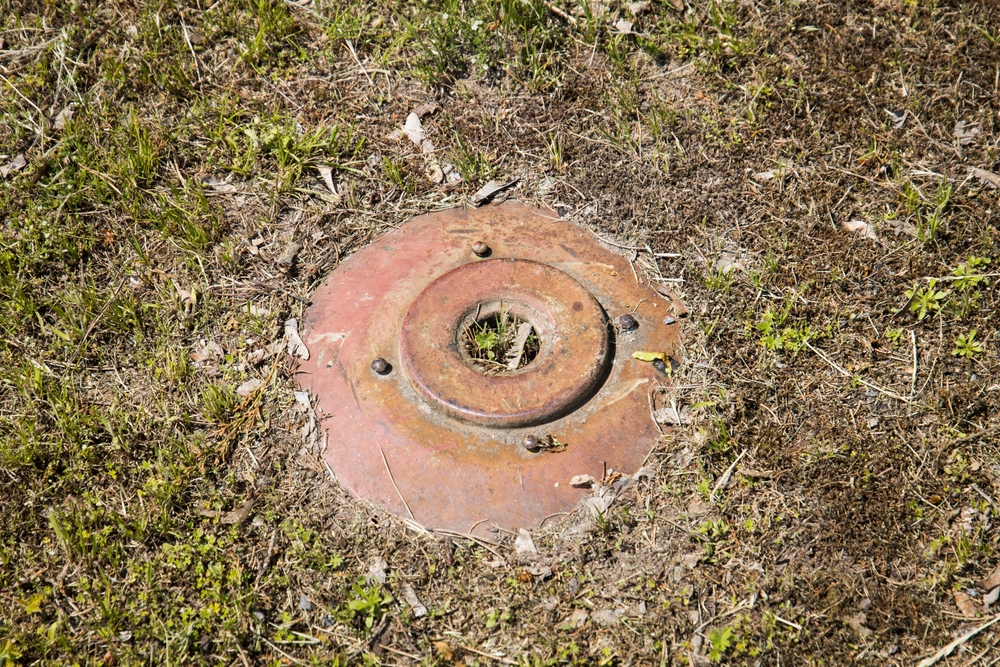The explosion left the boys with serious leg injuries.
Others are reading now
In war-torn regions, the end of active conflict often leaves behind an invisible yet persistent danger: unexploded ordnance (UXO).
These remnants of war, ranging from landmines to improvised explosive devices, continue to threaten civilian lives long after the battles have subsided.
For those living in areas marked by prolonged conflict, the risks are part of everyday life.
Children playing in fields or families walking through abandoned areas are particularly vulnerable to these hidden hazards.
Also read
In Ukraine’s Donetsk region, the grim reality of UXO hit home once again.
Two 11-year-old boys were severely injured on the outskirts of Dobropillia after accidentally triggering an explosive device.
The incident occurred on January 6 as the boys were out for a walk.
According to Ukraine’s State Emergency Service and WP, the children unknowingly stepped on a device, which detonated upon contact.
The explosion left the boys with serious leg injuries, and they were rushed to a hospital in critical condition.
Authorities are investigating the circumstances surrounding the incident while the boys receive medical care.
This tragedy highlights the lingering dangers posed by explosive remnants of war.
The Donetsk region has been heavily impacted by the ongoing conflict between Ukraine and Russian-backed forces, leaving areas riddled with landmines and other hazardous devices.
Such dangers are not unique to Ukraine; post-conflict zones worldwide face similar challenges.
The State Emergency Service of Ukraine issued an urgent warning to residents, advising them to avoid handling or approaching suspicious objects.
“If you see a suspicious object, do not touch it. Call the emergency number 101 immediately,” the agency said.
Efforts to clear unexploded devices are ongoing but slow, often hindered by limited resources and the sheer scale of the affected areas.
Advocacy groups and governments alike stress the importance of mine education programs to inform communities about these risks.

